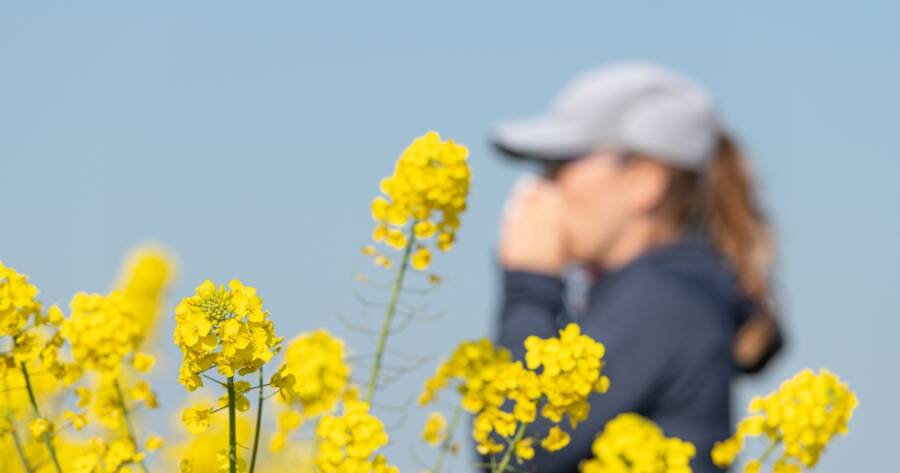As spring approaches, so does one of the most common seasonal nuisances—pollen allergies. For millions of people, the blooming of trees, grasses, and flowers signals not only warmer weather but also sneezing fits, itchy eyes, congestion, and general discomfort. If you suffer from seasonal allergies, you’re not alone—and the good news is, there are proven strategies to help you resolve symptoms and avoid allergy flare-ups as pollen season ramps up.
What Causes Seasonal Allergies?
Seasonal allergies, or hay fever (allergic rhinitis), are triggered when your immune system overreacts to airborne pollen. Common sources include:
- Tree pollen in early spring
- Grass pollen in late spring and summer
- Weed pollen in late summer and fall
When inhaled, these tiny pollen particles cause the body to release histamines, which lead to common allergy symptoms such as sneezing, nasal congestion, runny nose, itchy eyes, and even fatigue.
Signs You May Have a Pollen Allergy
Symptoms of pollen allergies can vary in severity but often include:
- Sneezing
- Itchy or watery eyes
- Runny or stuffy nose
- Postnasal drip
- Coughing or throat irritation
- Sinus pressure or headaches
- Fatigue or trouble sleeping
If your symptoms occur around the same time each year, especially during spring or fall, chances are high that pollen is the culprit.
How to Resolve Allergy Symptoms
You don’t have to suffer all season—there are several ways to effectively manage and reduce allergy symptoms:
1. Use Over-the-Counter Medications
Antihistamines (like loratadine, cetirizine, or fexofenadine) can relieve sneezing, itching, and runny nose. Nasal corticosteroid sprays (like fluticasone or mometasone) help reduce inflammation and are especially effective when used regularly during allergy season.
2. Try Saline Nasal Rinses
A saline rinse or neti pot can help flush allergens out of your nasal passages and reduce congestion. Always use sterile, distilled, or previously boiled water to avoid infection.
3. Allergy Shots (Immunotherapy)
For long-term relief, allergy shots can train your immune system to become less sensitive to pollen over time. This is a good option for people with severe symptoms or who don’t respond well to medication.
How to Avoid Allergy Triggers
Prevention is key to managing seasonal allergies. Try these strategies to reduce your exposure to pollen:
1. Monitor Pollen Counts
Check daily pollen forecasts through weather apps or local news. On high-pollen days, limit time outdoors, especially in the early morning when pollen levels peak.
2. Keep Windows Closed
As tempting as it is to let in fresh air, open windows allow pollen to settle inside your home. Use air conditioning instead and install HEPA filters to trap allergens.
3. Change Clothes and Shower After Being Outdoors
Pollen can stick to your hair, skin, and clothing. After spending time outside, take a shower and change clothes to prevent tracking pollen into your living space.
4. Clean Your Home Regularly
Vacuum carpets and upholstery frequently with a HEPA-filter vacuum. Dust surfaces with a damp cloth and wash bedding weekly in hot water.
5. Use Sunglasses and Hats
When outside, sunglasses can help protect your eyes from airborne pollen, and a wide-brimmed hat keeps it out of your hair and off your face.
When to See a Doctor
If over-the-counter remedies aren’t helping, or your symptoms interfere with your daily life, consider seeing an allergist. They can perform tests to identify your specific triggers and help develop a personalized treatment plan, including prescription medications or immunotherapy.
Stay Ahead of Allergy Season
Pollen season doesn’t have to mean misery. With the right combination of preventive strategies, medications, and lifestyle adjustments, you can reduce your exposure and manage symptoms effectively.
